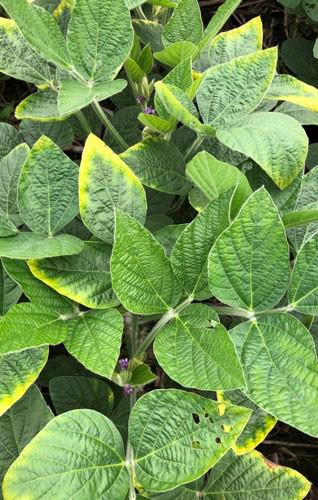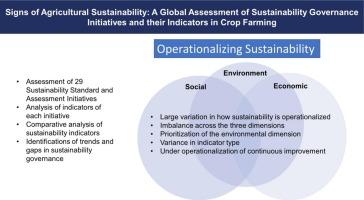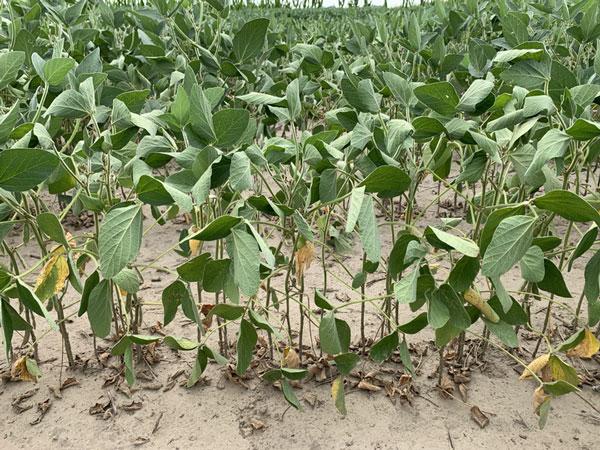Soybean farmers face mounting challenges this season. Cercospora Leaf Blight (CLB) has established itself as a formidable adversary in soybean fields across the country. Recent data from early May 2025 identifies CLB as the premier yield-limiting foliar disease for soybeans in the previous growing season. The fungal pathogen operates with cunning stealth, completing its entire life cycle within soybean plants while delaying symptom expression until the latter growing stages.
The disease presents through small, darkened lesions surrounded by yellow halos on lower foliage initially. These spots eventually merge together, triggering premature leaf drop in severe instances. CLB creates particular havoc under specific environmental parameters. Hot temperatures ranging from 68 to 86°F combined with humidity levels exceeding 92.5% create ideal breeding grounds for this pathogen. Dew periods lasting between 8 to 24 hours further stimulate its development and spread.
Agricultural specialists have documented substantial economic consequences from this cunning disease. Monetary damages attributed to CLB between 2013 and 2023 fluctuated dramatically, with annual losses spanning from $46 million to $166 million. Individual field impacts can be equally devastating, with yield reductions approaching 30% under intense disease pressure scenarios. Fields experiencing severe infections may undergo complete defoliation, though this represents an uncommon outcome.
Identification Challenges
Farmers struggle distinguishing CLB from similar-appearing diseases. Frogeye leaf spot exhibits symptoms that mirror CLB manifestations, creating diagnostic confusion for even experienced producers. This identification complexity complicates swift intervention strategies. The similarities between these two diseases, however, share a beneficial aspect – both belong within the Cercospora species complex, making certain fungicide treatments effective regardless of which specific pathogen dominates the field.
CLB possesses another distinguishing characteristic through its impacts on harvested soybeans. The disease creates irregular purple discolorations across seed coats, sometimes engulfing the entire seed surface. This phenomenon, referred to by specialists as purple seed stain, further compounds economic losses by reducing seed quality and decreasing germination percentages.
The disease exhibits remarkable persistence within agricultural systems. It overwinters on soybean residue and can reproduce across numerous alternative hosts, including corn, cotton, and common weeds like pokeweed and ragweed. This survival strategy contributes heavily toward inoculum buildup for subsequent growing seasons. Rainfall events and wind currents facilitate spore dispersal, generating secondary infection cycles throughout the growing period. Late-planted soybean fields encounter elevated risk profiles due to higher ambient inoculum levels during their vulnerable developmental stages.
Management Approaches
Successful CLB management demands implementing diverse control tactics. Albre Brown, technical marketing manager at BASF, emphasizes proactive fungicide application timing as a crucial aspect of limiting pathogen proliferation. Planting resistant varieties represents another fundamental strategy, although availability of resistant genetics varies significantly between regions. Farmers should prioritize varieties evaluated specifically near their operations to ensure local adaptation.
Cultural practices comprising crop rotation and strategic tillage may reduce disease incidence through disruption of pathogen lifecycles. Since the causative fungi can persist in soybean debris, these interventions target a primary inoculum source.
The urgent need for CLB-resistant soybean development has accelerated dramatically in recent seasons. This push stems partially from emerging fungicide resistance among CLB pathogens, particularly Cercospora kikuchii strains that once responded reliably to chemical controls. Researchers have identified multiple Cercospora species associated with the disease complex, including C. kikuchii, C. cf. sigesbeckiae, C. cf. flagellaris, and C. cf. nicotianae. This pathogen diversity complicates resistance breeding initiatives.
CLB has established itself as a worldwide production constraint, impacting major soybean regions including Argentina and throughout the United States. Southern production regions experience particularly intensive pressure from this disease, where it consistently ranks among the most damaging foliar pathogens. As planting progresses through the current 2025 season, producers must remain vigilant against this expanding threat and implement comprehensive management protocols to safeguard yield potential and grain quality.










